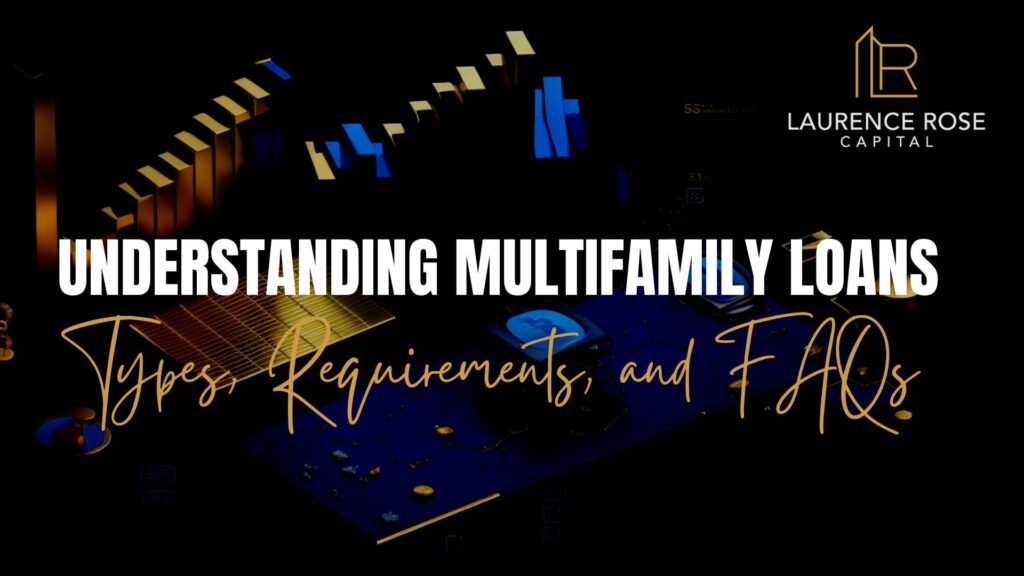The Technical Side to Investing in Real Estate Syndications – Your Questions Answered
Whether or not you have a background in real estate investing, commercial or residential, is irrelevant. There are just things you need to know about syndications that are different from any other type of deal you’ve likely been involved in or had exposure to.
Your grandpa owned a few properties? Cool.
Your dad used to flip homes for profit? Cool too.
Now you’re interested in approaching real estate a little differently? Awesome.
So, it’s natural to wonder about the returns, minimum investment requirements, taxes and more when it comes to real estate syndications. Today we’re going to address these 4 technical details:
- What are the returns like in a real estate syndication?
- What’s the minimum amount I can invest?
- Can retirement funds be used to invest in syndications?
- What about taxes?
We love details too and commend you for digging into the not-so-surface elements of this type of investment.
#1 – Returns
As with most investment vehicles, people are attracted by and curious about the possible returns. By investing passively in a real estate syndication, you can earn two types of returns: cash flow and profit split.
Cash flow returns are checks or direct deposits (typically on a monthly basis) from the time the deal closes until the asset is sold. Profit split returns are where the investors literally split the profit from the sale of the asset according to the structure outlined in the contract.
Here’s a great example, using round numbers for ease. Let’s pretend you invest $100K. You can look forward to a possible 8-10% in cash flow returns, meaning about $8K per year, which is about $667 per month.
Additionally, when the asset is sold (5 years later-ish), you could expect up to 40-60% returns on your initial capital investment. This means you’ll receive your $100K back (initial investment), plus maybe $50K in profit.
Adding it up in your head yet? Seeing $$$$$? Yep.
$8K cash flow returns per year + $50K in profit at the sale means you would have turned $100k into $200K in about 5 years.
Now, of course this all comes with the caveat that these are estimated returns that can vary based on market conditions, location, the deal structure, and many more variables. In no way is it guaranteed that you’d double your money. We’re saying it’s seriously possible though.
#2 – Minimum Investment Amount
The typical minimum threshold for investing passively in a real estate syndication is $50K.
Anyone interested in investing at this level should have liquid funds beyond this investment value, should be aware of potential losses, and be “okay” with the possibility of losing these invested funds.
Your money will be illiquid during the hold time (you can’t withdraw your investment capital until the asset is sold). Thus, you should intentionally set up financial arrangements so that you will not need to access this money for quite some time.
#3 – Retirement Funds (Yay or Nay)
Retirement funds CAN be used to invest passively in real estate syndications. Yay! In fact, this is how many investors “get their feet wet” with syndications.
To invest in a real estate syndication with retirement funds, you must first roll your existing account (401K, IRA, etc.) into a self-directed IRA account.
There are many self-directed IRA companies out there, who would be happy to help with this. Once your funds are in the self-directed IRA account, you may choose what you want to invest in.
You’ll need to coordinate with your self-directed IRA custodian, provide them with copies of the legal documents for the syndication, and they will send the funds on your behalf.
The one requirement for this situation is that all returns MUST go directly back into the self-directed IRA account, and never into your personal accounts.
#4 – Tax Benefits
You don’t get to do anything with your money these days without some sort of tax implications. Investing in real estate syndications is no different.
As a passive investor, you are a part-owner in the underlying asset, which means you get a share of the tax benefits. One of the largest ones is accelerated depreciation through cost segregation.
Owning rental property comes with the ability to depreciate the value over time. With commercial real estate syndications, the sponsors often order a cost segregation study where an expert will provide a report delegating assets eligible for accelerated depreciation.
All big words aside, this means that you get the benefit of front-loading depreciation into the first few years of ownership instead of over a 30 year period – perfect for a 5-year deal!
Confidence in the Technical Details
Now that some of your specific questions about the technical side of passively investing in a real estate syndication have been answered, you can approach your search for a deal confidently.
You now know retirement funds can be used, that the minimum investment is only $50K, and that there’s potential for serious tax benefits AND returns. Sure there are risks, as with anything, but now you have a clearer picture of what your next steps are.
If you were considering investing with retirement funds, you know to begin seeking help in rolling your funds into a self-directed IRA. If you weren’t sure if you had enough liquid cash to invest, now you know what the minimums are. If you didn’t understand why people said you could double your money in just a few years, your eyes have been opened.
With less technical questions floating around in your mind, you’re that much closer to becoming a confident passive real estate syndication investor.






![How Does Creative Financing Work In Multifamily Real Estate [Explained]](https://laurencerosecapital.com/wp-content/uploads/2023/10/JG-BMP-Ira-LRC-JB-Blog-Covers-750-×-422px-1920-×-1005px-1024x576.jpg)
